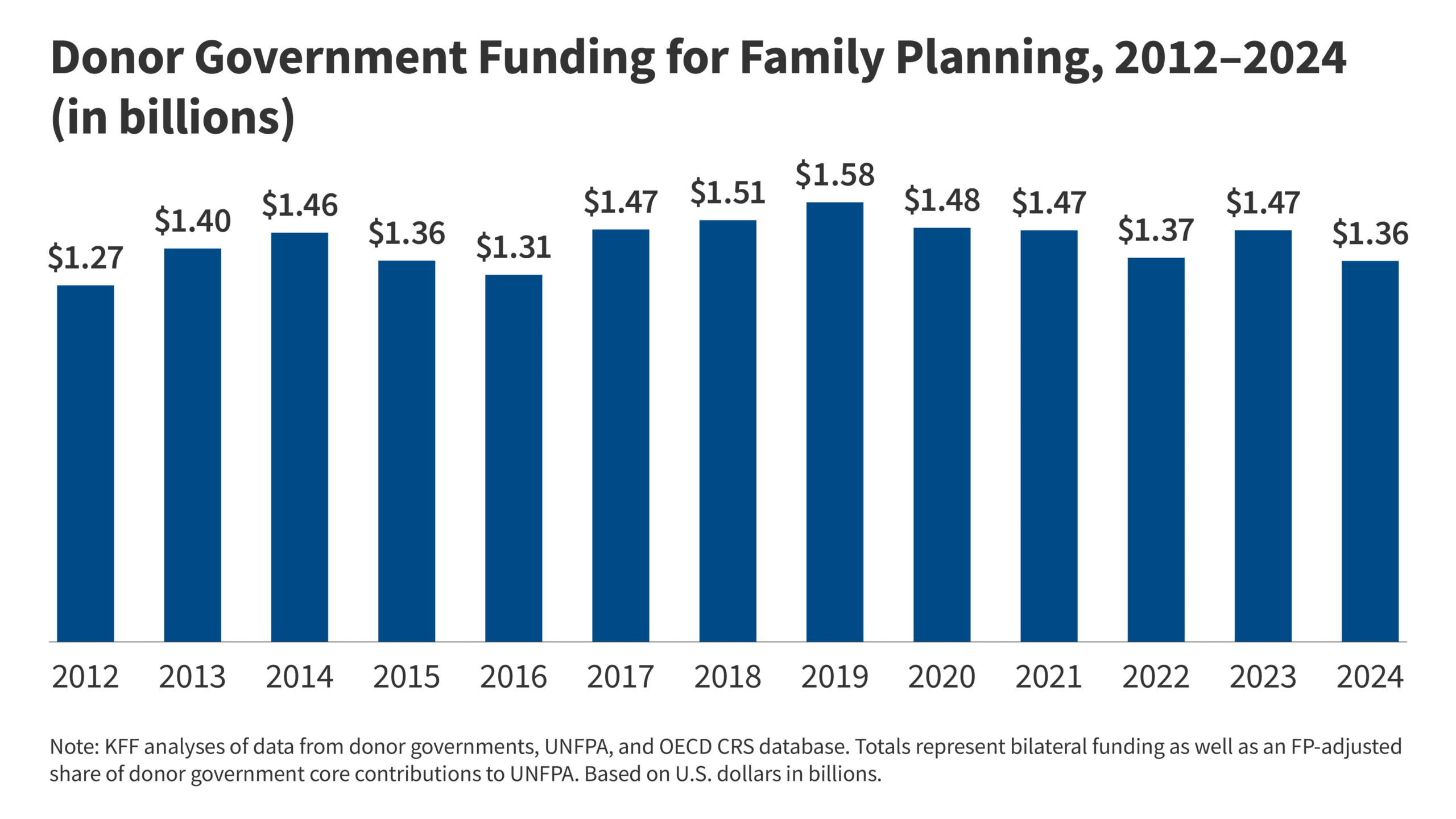Have you heard advertisements about creating lifetime income for a secure retirement? I’m always skeptical about annuities because they are so confusing, even for those of us who pay attention.
It turns out that the term “lifetime income” is a marketing phrase intended to demystify annuities by highlighting their primary benefit.
Unfortunately, a PR campaign doesn’t address the primary issues with annuities: high fees and a lack of transparency.
Though a carefully selected annuity can be part of a diversified retirement plan, you don’t need an insurance policy to create lifetime income.
If you pay attention to your finances and set things up correctly, you can build income streams that last a lifetime while accounting for bumps in the road.
A New Alliance
In 2018, a group of financial companies formed the Alliance for Lifetime Income, a nonprofit organization aimed at raising awareness of the benefits of using annuities to create lifetime income for retirement planning.
Their stated purpose:
Help Americans address the risk of outliving their retirement income so they can enjoy their retirement.
Their actual purpose: to sell more annuities.
According to the Retirement Income Journal, the 24-member alliance hired a D.C.-based strategic communications company to help educate the public about annuities.
Fixed annuity sales hit a new record in 2024. Despite the growing population of retiring baby boomers and their desire for secure retirement income, annuities are still misunderstood.
Why? Well, the usual — high fees, complexity, and lack of transparency.
So the CEOs of some of the largest annuities providers joined forces to help bring clarity (and more sales) to the industry.
Fixed annuities are financial products that provide guaranteed income a specified period — often, for life. When you buy an annuity, you’re purchasing a guaranteed future stream of income.
For example, someone in their 60s might pay $100,000 for an annuity that pays $500 per month until they die.
The annuity provider takes on the investment risk, and in return, buyers receive a guaranteed income stream.
Schwab and several other financial sites have basic calculators you can play with to see how they work. There are several types of annuities, complicating the landscape.
What are the Fees?
When I started hearing commercials for the Alliance for Lifetime Income on NPR, the publicity made me think of my wife’s former communications career, where she supported industry organizations.
They also reminded me of a workplace seminar I attended in 2018, presented by one of the founding organizations.
They pitched employees of my company about the benefits of annuities for lifetime income in retirement.
I wasn’t interested as a buyer. But as a blogger and money nerd (and former finance intern), I wanted to experience the pitch.
The presentation wasn’t very compelling. But I stuck around to the end to ask the question, what are the fees?
The presenter said, “Fees, well, there are no fees. This is an annuity”.
OK…
I looked at their FAQs, and they stated that their annuity is not considered a traditional investment product under federal securities laws. It’s an insurance contract.
Therefore, there is no expense ratio or fee disclosure requirement.
They make money on the spread. That makes these products difficult to understand.
The return on investment of money put into the annuity is very low, and the income is not adjusted for inflation. The company takes on the risk but gives itself plenty of spread between what it can earn through investing and what it pays to customers.
As they sell more annuities, the pool of assets grows to allow them to take greater investment risk to expand their spread (and profit).
For the record, annuities have up to seven types of fees, easily costing 10% or more, according to Bankrate. It’s confusing.
How to Build Lifetime Income for Retirement without Annuities
Annuities have a place in the financial planning universe. But they are often complex, and therefore, consumers can be at risk for predatory salespeople who do not have their best interests in mind.
This article at Kiplinger gives a good breakdown of how to determine if annuities are right for you. Buyer beware.
As a DIY investor and retirement planner, I’m not a big fan of annuities. There’s no reason for me to buy one today, and it’s unlikely I’ll ever need to buy one.
My parents are in their late 70s and have a pension that covers their spending needs. I see no near-time need for them to purchase an annuity, in part because I am available to help with their finances.
I plan to create my own guaranteed lifetime income stream from multiple diversified income sources to build both financial security and wealth. Each investment in my portfolio is definitely NOT guaranteed to be a lifetime source of income on its own.
But a diversified array of investments built over time and monitored IS highly likely to provide sufficient income that will last until I die.
Never depend on a single income.
It may not be a smooth ride, but with a long-term mindset and careful planning, near-guaranteed lifetime income is achievable without annuities.
Several investment vehicles can help create income streams that can last a lifetime. Streams may be semi-active or passive. All require some amount of monitoring.
As you age, it makes sense to automate income streams when they become your primary source of income, and have an estate plan in place in the event of your death or inability to manage your money.
Automating ensures income is regular and consistent, and it removes emotion from investment sales and withdrawals.
Here are some of my favorite ways to build lifetime income.
Retirement Withdrawals
I expect to live off business income, dividend income, and taxable account withdrawals before tapping my retirement accounts.
Retirement accounts will likely make up the bulk of our golden-year spending for most of us.
Using the rule of thumb, retirees can safely withdraw 4% (or even 5%, according to updated math) from assets every year for approximately 30 years before running out of money — assuming age-appropriate asset allocation of stocks and bonds and market returns roughly in line with the last 100 years.
Retirement accounts make up the bulk of my net worth. I won’t spend this money until I’m older than 59 1/2 (hopefully, several years past).
Keeping my hands off gives it time to grow and compound into more significant wealth, from which I can live off during the later stages of retirement.
Though still almost a decade away from penalty-free eligibility, I’m currently moving funds into Roth accounts using contributions and conversions, and I plan to touch these accounts last.
Once I tap the traditional retirement accounts sometime in my 60s, I’d ideally develop an automated way to sell assets. However, I expect for as long as I’m capable, there will be a manual aspect to it.
Required Minimum Distributions (RMDs) won’t kick in until I’m 75 (the effective age rises from 73 to 75 in 2033), though I sympathize with those who must contend with them today.
Stock and ETF Dividend Income
Income derived from ETFs and my existing portfolio of dividend growth stocks is a reliable income stream before and after retirement age. I use dividend income today to supplement my self-employed income, which fluctuates.
What I love about owning dividend-producing assets is that they tend to pay and increase their dividends over time and keep pace with inflation. We can either spend or reinvest the dividends.
The yield of an adequately assembled ETF or dividend growth stock portfolio will typically rise at a faster rate than inflation.
Dividend growth investing requires knowledge and research to be able to pick individual stocks, which may be intimidating. An alternative strategy is to focus on dividend-paying ETFs or total market index funds to keep it simple.
I am gradually moving my portfolios toward more funds and ETFs instead of individual stocks.
To calculate how much income your investments will provide, multiply the total investment amount by the yield (weighted average portfolio yield or ETF yield).
For example, if you invest $200,000 with dividend yields averaging 3%, your portfolio will provide $6,000 of annual income or $500 per month. Unlike annuities, you keep your money in your accounts as it earns for you.
But you also take on the risk of values and yields decreasing, unlike annuities, which assume the risk.
You can also measure the average dividend growth rate, which is the average yield increase in your portfolio. A diversified dividend portfolio may increase at 6% or more per yield, easily outpacing inflation.
Taxes apply to the income in taxable accounts, but the tax rate is lower than earned income. Dividends are not taxed in retirement accounts. However, account withdrawals from traditional IRAs are.
Roth IRA withdrawals are tax-free, making them an ideal account for dividend income.
With a dividend stock portfolio, you always have the option to sell investments to create an income stream.
Read more: How to Invest in Dividend Stocks – A Comprehensive Guide
Rentals for Lifetime Income
Real estate ownership and landlording can be a rewarding post-retirement income stream and activity. Certain types of rental properties make excellent sources of lifetime income in retirement.
People will always need places to live. High-quality homes in desirable locations are guaranteed to generate perpetual income with competent management, regular maintenance, and conservative financing.
Real estate can get risky when the owner uses too much leverage, and the cushion between the rent and expenses is too narrow.
To significantly lower rental risk, own the property outright with no debt. Investing without debt increases profit margins and dramatically reduces risk.
Hire a property manager to handle the month-to-month activities and have them transfer the income to your accounts every month.
Update your estate plan and keep your heirs aware of all of your assets.
I enjoyed owning a rental for many years, but it was a condo (with high fees and property maintenance issues) and, therefore, not worth keeping for the long haul.
Read more: Why I’m Selling My Rental Property
Bond or CD Ladders
A conservative way to build near-guaranteed lifetime income is through bond and CD ladders. I use the term near-guaranteed because no investments are guaranteed. However, high-quality bonds and CDs are very low-risk investments that are highly unlikely to fail.
Bonds and CDs both provide predictable income, asset growth, and liquidity over time. These are especially helpful for short-term cash needs (1-2 years).
The strategy involves buying a series of bonds or CDs with staggering maturity. The longer the maturity, the higher the yields.
The difference between CD and bond ladders is that bond ladders have more investment options (including various types of bonds, yields, risk profiles, etc.), while CDs are similar to high-yield savings accounts. But the ladders work mostly the same.
For example, you can start by purchasing five bonds with maturities of 1, 2, 3, 4, and 5 years with escalating yields. When the 1-year bond matures, you can use that money for spending, or reinvest it at the long end of the ladder (by purchasing a new 5-year bond).
The investor also receives interest on the bonds throughout their duration.
Depending on bond quality, the income generated is nearly guaranteed, creating another lifetime income stream.
Fidelity has an in-depth explanation of how to build a bond ladder. Most of the biggest online brokers have built-in tools to help investors construct the best bond ladder for their needs. Most fiduciary financial advisors should also be able to help.
Read more: 7 Retirement Investments for Stable Returns
Bond Funds and ETFs
At some point in your 40s, you should start reducing exposure to stocks in your retirement accounts. My portfolio target bond allocation is about 10% as of 2025.
Use an asset allocation calculator to estimate yours.
Bond funds and ETFs make portfolio construction easy. They can be bought and sold, just like stocks and equity mutual funds. But the underlying assets are bonds, and the types and yields vary based on the kind of bond fund.
Most bond funds are less volatile than stock funds and provide a reliable income. Distributions land in your taxable or retirement account, just like stock dividends, and you can reinvest or use the income for living expenses.
Bonds, of course, aren’t immune to global economic events. Returns are lower than stocks over the long term. And like all investments, any individual bond is not guaranteed.
However, a broadly diversified portfolio of bonds through funds and ETFs can provide near-guaranteed lifetime income.
Interest on Cash
Older people don’t like risk. My parents are in their 70s and have more than 20% of their wealth in a high yield savings account earning interest.
Retirees like to have cash on hand because it’s liquid and secure.
Although currencies can devalue due to economic crises or poor policy (e.g., tariffs), the U.S. dollar is considered a solid asset because the economic strength of the United States supports it.
Interest paid on cash deposits is a primitive passive income stream. It’s the most passive income and should never be ignored and always be optimized. Sweep cash from checking into savings or a brokerage money market account when idle. It only takes a few clicks or taps these days.
Read more: Check rates on savings and CDs.
Alternative Investments
The 50/30/20 portfolio is gaining popularity from the classic 60/40. 50 and 30 are stocks and bonds.
The 20% is alternatives.
Alternative investments aren’t necessarily more risky than other traditional investments like stocks or bonds. But they can be less liquid.
However, alternative investments are becoming easier to access, more liquid, and often pay dividends.
These investments aren’t new, but technology has enabled ordinary investors to invest in assets with historically high rates of return and relatively low risk.
For example, crowdfunding sites harness the crowd to purchase commercial real estate, real-estate secured debt, farmland, private credit, and venture capital investments not previously available to most investors.
Income-producing alternative assets are more accessible than ever. Platforms like Fundrise and Yieldstreet give investors multiple asset options and allow for IRA investing to manage tax risk.
Read more: Alternative Investment Ideas for Further Research
Business Income
One final idea for creating lifetime income is from business ownership. Now, this comes with some caveats. If you own the business yourself, you probably don’t want to run it for your entire lifetime.
So you’ll need to find someone who can run it for you. Ideally, the person would be a part-owner who also benefits from the company’s success.
Family businesses make the most sense for this type of lifetime income. I have a friend who is a third-generation business owner. His Dad is retired and helps out sparingly.
Instead of buying the business outright from his Dad, they have a long-term ownership transfer agreement whereby my friend will pay his father a share of the profits for the rest of his life. Upon his father’s death, the payments cease, and the transfer is completed.
These kinds of agreements are common with family businesses.
Most of us don’t have this luxury. But some retirees own businesses before and into retirement, including family businesses or franchises. Or buy a business in retirement and pay someone to manage it. Depending on the kind of business and the retiree’s ability to monitor operations, it may be a stable source of income.
In my friend’s case, it’s an extremely profitable, community-based, multi-generational service business with a high barrier to entry.
Since it’s a gradual transfer of operation and ownership, the business should continue to run smoothly until the next generation. No guarantees, but it is likely.
Read more: Start a Side Business to Empower the Future You
What about Social Security?
A reader pointed out that I initially omitted Social Security from this post. For those of us in the U.S. entitled to it, we do technically build it through payroll deductions over many years.
But I’m in the camp of people who loosely account for Social Security when planning for retirement. Though its future is likely certain (despite basic math challenges), I’d rather plan for retirement without it and consider any government subsidy a bonus.
In a way, Social Security is the ultimate lifetime income. But avoid it being the primary income if you can.
Conclusion – Lifetime Income
Collectively, a diversified portfolio of income-producing assets, be it investments or other income sources, can be designed to provide near-guaranteed lifetime income.
If something cataclysmic happens that destroys the value of all dividend stocks, bonds, real estate, and cash, I’m pretty sure guaranteed lifetime income insurance policies won’t survive, either.
Companies can always declare bankruptcy, and the government may or may not decide to bail them out or not.
If this scenario sounds over-the-top, remember back to 2009. Financial products and markets can go haywire.
The key is to accept that risk will arrive in the future and plan for it. Take steps today to reduce your risk through diversification.
Don’t put all your eggs in one basket. Diversify your investments. Spend below your needs today and in retirement to give yourself some wiggle room.
With savvy planning and a diversified approach, you can build lifetime income without buying an annuity.
Photo via DepositPhotos used under license.
Favorite tools and investment services (Sponsored):
Travel Rewards Card — My go-to credit card for spending and travel rewards.
Empower — Free net worth and portfolio tracking + retirement planning. User since 2015.
Boldin — Spreadsheets are insufficient. Build financial confidence. (review)
Sure Dividend — Research dividend stocks with free downloads (review):
Publisher: Source link










